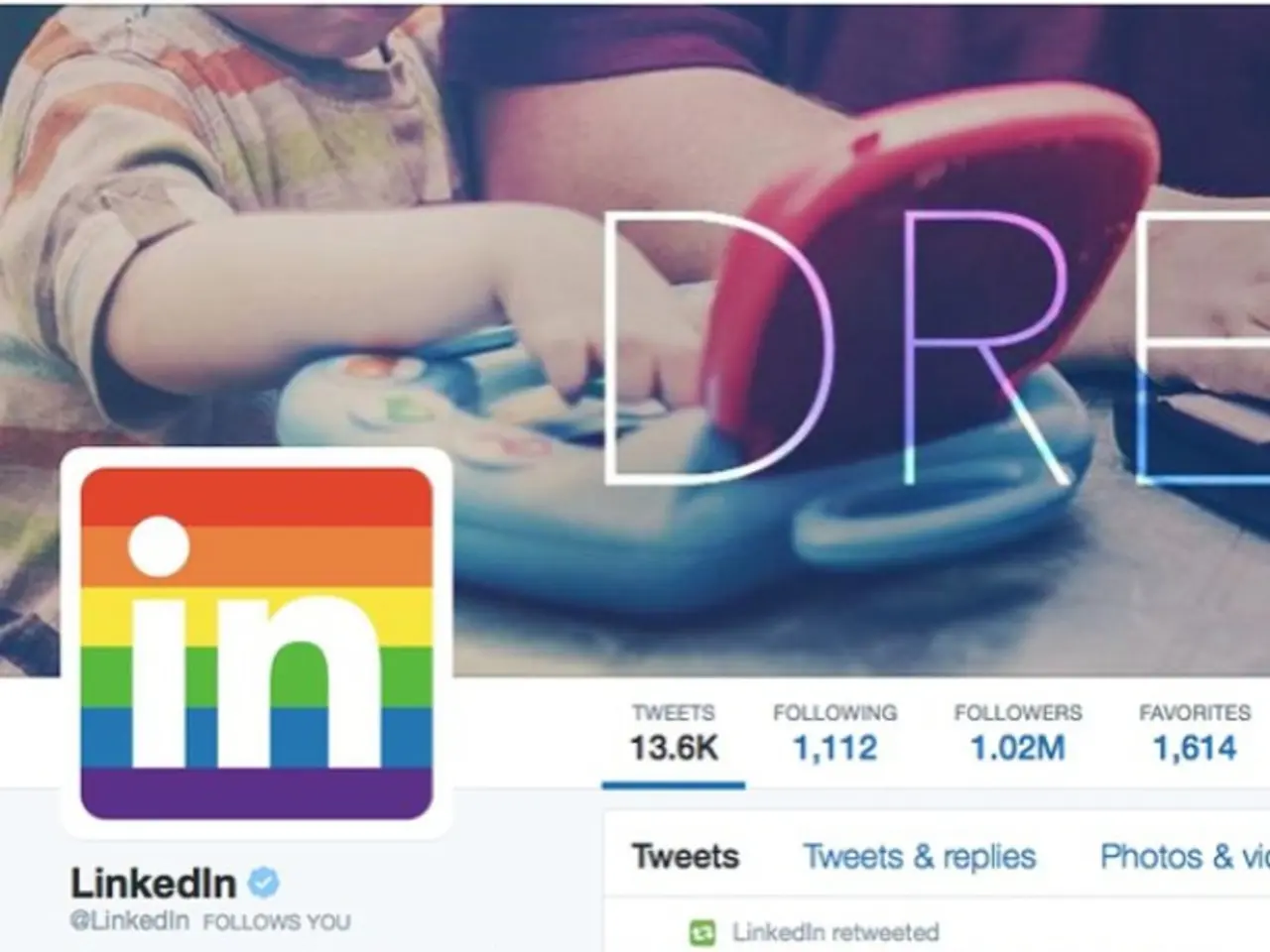Digital revolution transforming fashion: virtual events and connected wardrobes
Digital Technology Transforms the Fashion Industry
The fashion world is undergoing a significant transformation, thanks to the integration of digital technology. This shift is bringing about challenges, changes in communication strategies, advancements in sustainability, and shifts in consumer behavior, all pointing towards a promising future centered on AI, virtual fashion, and immersive digital experiences.
Challenges and Opportunities
The fashion industry has long grappled with issues such as overproduction, resource waste, and inaccurate demand forecasting. Digital technology, particularly AI, offers a solution by providing data-driven trend forecasting and inventory optimization. However, integrating these tools requires overcoming technical and organizational hurdles.
One of the drawbacks of digital fashion is the ease with which clothing collections can be copied. This is a concern that the industry must address as it continues to embrace the digital realm.
Communication Revolution
Digital technology has shifted fashion communication towards hyper-personalized, AI-powered engagement. Brands now use immersive storytelling, phygital (physical + digital) experiences, and real-time interaction via intelligent retail apps, blockchain loyalty ecosystems, and social media integration. Communication strategies focus increasingly on transparency, ethical values, and cultural fluency to appeal to younger consumers like Gen Z and millennials.
Sustainability at the Forefront
Digital fashion and AI-driven personalization contribute strongly to sustainability by reducing excess production and enabling made-to-measure clothing. Virtual garments eliminate material waste and open possibilities for circular production models. However, effective communication remains a challenge in promoting sustainable choices convincingly to consumers.
Consumer Behavior Shifts
Consumers are embracing digital fashion, purchasing both physical and virtual clothing to express identity online and offline. AI enables personalized fashion suggestions and co-designed bespoke products, fostering deeper brand engagement. The rise of digital platforms like metaverse environments also transforms consumer interaction with fashion as a creative, interactive experience.
A Promising Future
Digital fashion is expected to grow exponentially, blurring the line between physical and virtual fashion. This growth is driven by collaborations between fashion brands and tech companies integrating AR, VR, AI, and gaming. AI will continue revolutionizing trend forecasting and personalization, making fashion more responsive and sustainable. The industry is moving towards a hybrid model where physical and digital clothing coexist, creating novel business models and consumer experiences.
In summary, digital technology is reshaping fashion by improving design precision, enabling immersive and personalized communication, promoting sustainability, and fundamentally altering how consumers interact with fashion. The future of digital and fashion remains in the early stages of its storytelling and other developments, but one thing is certain: technology and creativity are deeply integrated, promising a fascinating journey ahead.
- The integration of digital technology in the fashion industry offers the potential for not just transformative advancements in sustainability, but also a redefined lifestyle that merges fashion and technology.
- In a world where immediacy and customization are increasingly valued, the fusion of fashion-and-beauty with technology promises a fashion landscape that adapts dynamically to individual preferences, opening up endless possibilities for self-expression.




